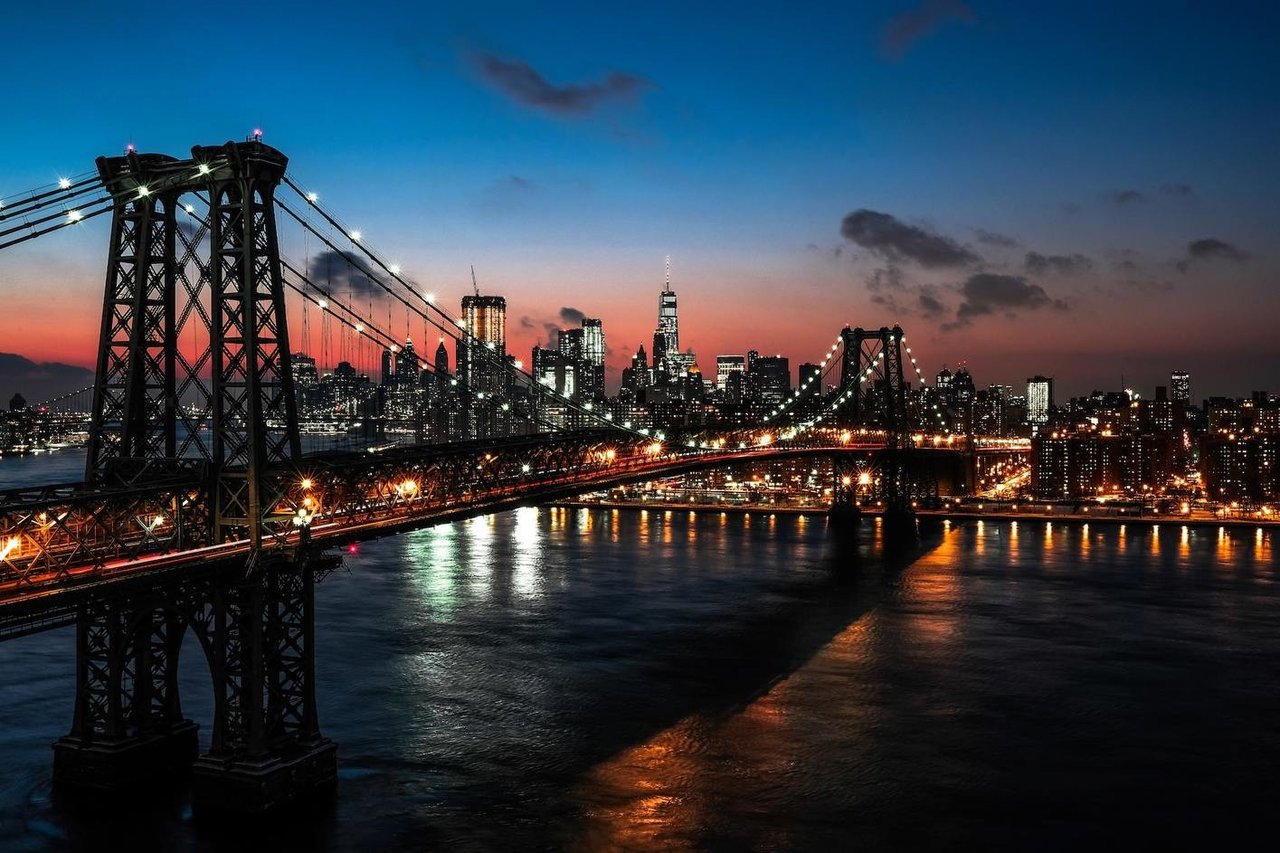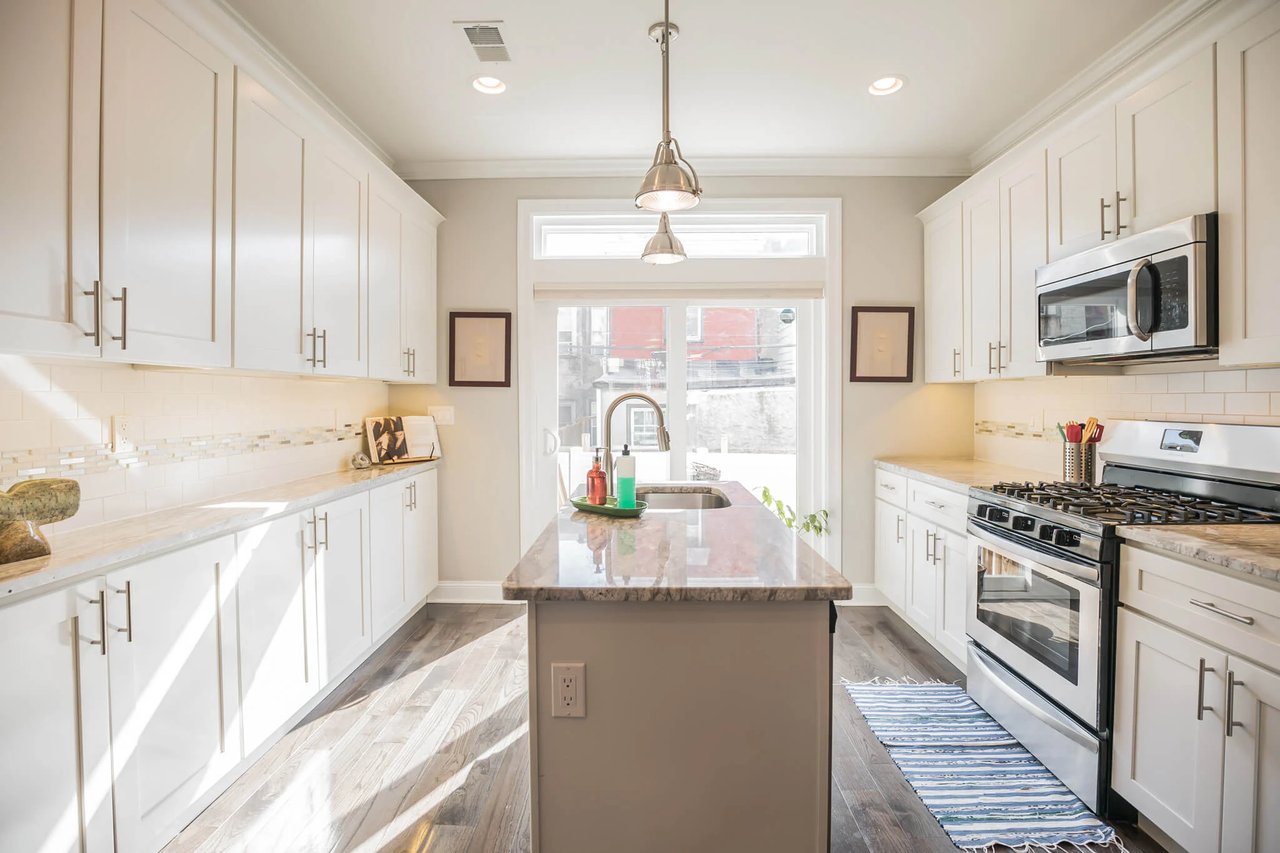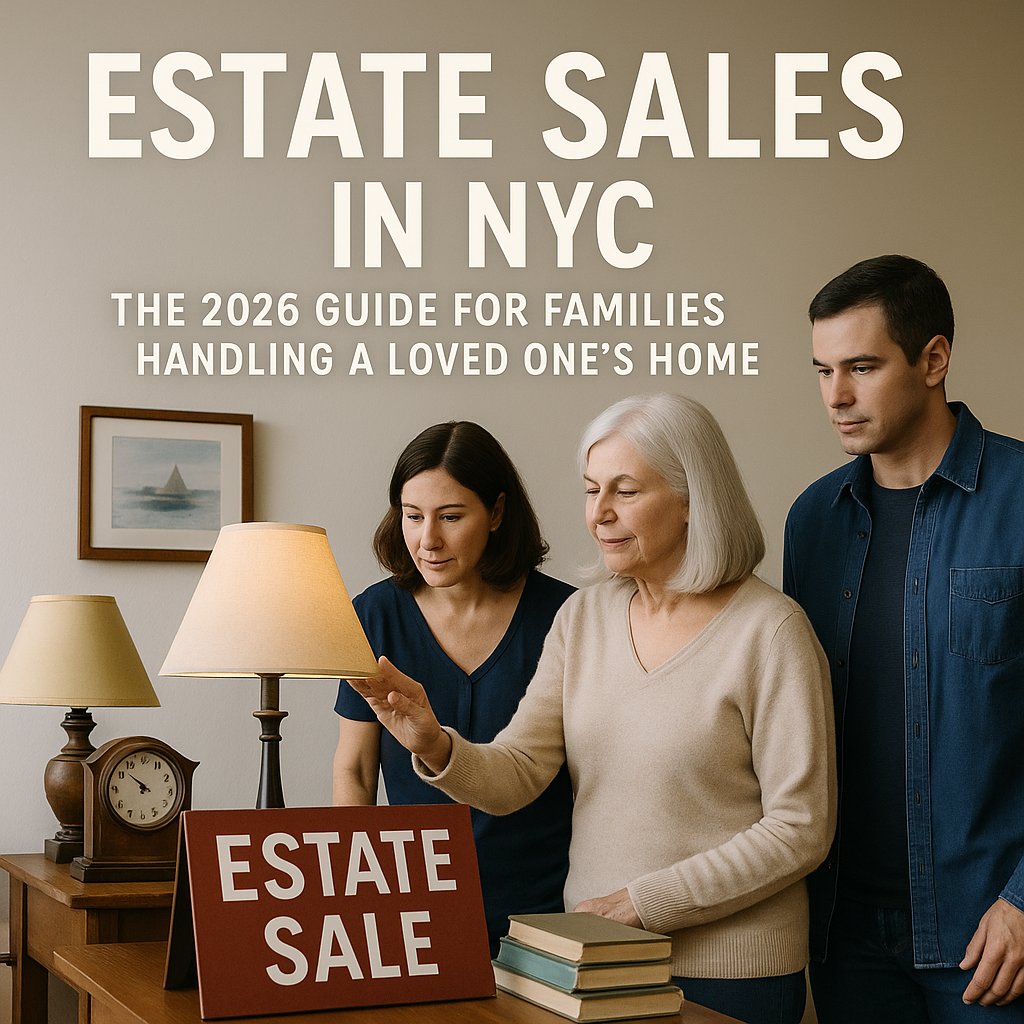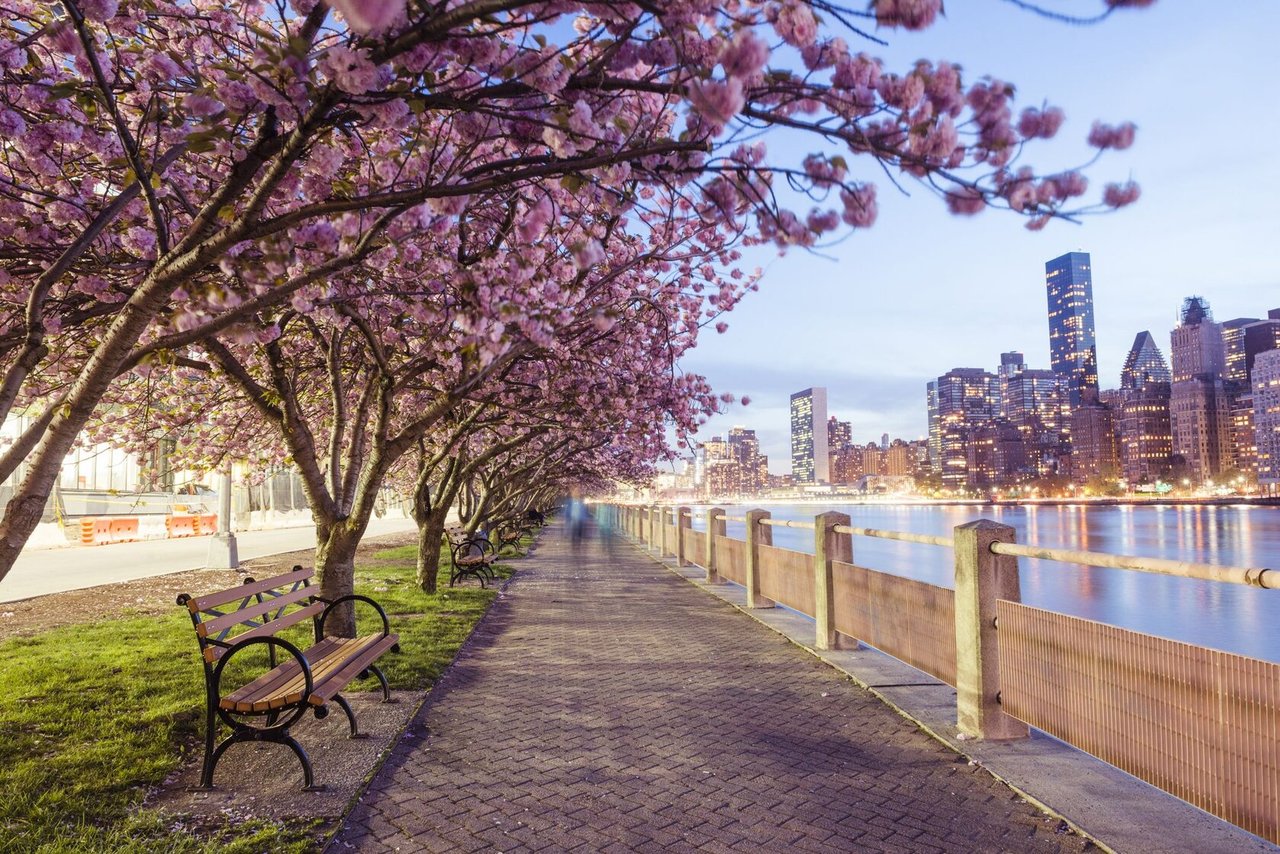In the past, just saying “I live in Williamsburg” was enough. However, today’s buyers, especially in 2025, are focusing on specific areas of the neighborhood. They’re comparing school zones, walkability to particular parks, nightlife access, and even the vibe of the next block over.
And in a market where two properties just five streets apart can differ in price by over $300 per square foot, understanding Williamsburg’s micro-neighborhoods isn’t just helpful, it’s critical to buying or selling smart.
2. Northside (Bedford Ave to Kent, N5 to N12)
What buyers love:
This is the cultural heart of Williamsburg. Think rooftop bars, Bedford Avenue shops, easy L train access, and boutique condos with skyline views. It’s where Williamsburg got its cool-factor reputation—and buyers still love it.
Buyer profile:
Young professionals, tech transplants, finance workers, and remote creatives
Average price per sq ft:
$1,350–$1,500 (for new developments)
Why it’s hot:
-
Walkable to Bedford L station
-
Tons of inventory, including modern condo buildings
-
Strong rental demand (great for investors)
-
Close to nightlife, galleries, and cafes
Tip: Units with outdoor space or southern exposure sell quickly. Street noise is a concern, so corner or courtyard-facing units fetch premiums.
3. Domino Park Area (Kent Ave between South 1st and Grand St)
What buyers love:
Sleek, master-planned buildings with luxury amenities—like fitness studios, concierge service, pools, and river views—just steps from a scenic waterfront park.
Buyer profile:
Affluent millennials, dual-income couples, and relocators from Manhattan
Average price per sq ft:
$1,400–$1,600
Why it’s hot:
-
Close to ferry access (ideal for downtown Manhattan commuters)
-
Newer buildings with tax abatements still in effect
-
Highly curated community vibe with cafes, art installations, green space
Tip: These buildings often require high monthly maintenance, so be sure to compare the net monthly cost, not just the list price.
4. McCarren Park–Adjacent (Lorimer to Manhattan Ave, around N12 to Bayard)
What buyers love:
Access to green space, great schools, and a quieter, more residential feel. Many families are bypassing the chaos of Northside and opting for condos or townhomes near McCarren.
Buyer profile:
Young families, first-time buyers upgrading from 1-beds, dog owners
Average price per sq ft:
$1,100–$1,250
Why it’s hot:
-
Park access drives lifestyle appeal
-
Some hidden gems in prewar and boutique new-builds
-
Great balance of community and access to Williamsburg amenities
Tip: Inventory moves quickly here in late summer and early fall—listings with proximity to playgrounds, dog runs, and cafes tend to sell above asking.
5. South Williamsburg (Broadway to Division Ave, Wythe to Marcy)
What buyers love:
A more authentic, historic Williamsburg, with diverse communities, brownstones, and classic NYC charm. Less flashy than the Northside, but buyers get more space for their money.
Buyer profile:
Buyers priced out of Northside or Domino, investors, and culturally connected buyers
Average price per sq ft:
$900–$1,050
Why it’s hot:
-
Close to Williamsburg Bridge and JMZ trains
-
Townhomes and small multi-family buildings draw investor interest
-
Strong rental income potential
-
New retail and café culture emerging
Tip: Some blocks are still transitioning, so look for listings on tree-lined, quieter streets and buildings with recent renovations. Inventory here often sells off-market or through word of mouth, so insider access is crucial.
6. East Williamsburg (Grand to Flushing, Lorimer to Bushwick Ave)
What buyers love:
Loft conversions, artist studios, and a Brooklyn-before-it-was-cool energy. Inventory here is more eclectic—think factory buildings turned condos, quirky layouts, and co-living options.
Buyer profile:
Artists, musicians, creatives, and buyers priced out of the core Williamsburg
Average price per sq ft:
$850–$1,000
Why it’s hot:
-
More space for the dollar
-
Unique properties not found elsewhere
-
L train access + emerging restaurants and nightlife
Tip: Units here appeal to a specific buyer set. If you’re selling, highlight the creative potential of the space, not just the square footage. Buyers often look past flaws if the space has “character.”
7. Grand Street Corridor
What buyers love:
A little more under-the-radar, Grand Street offers a mix of newer mid-rise buildings and classic prewar options. It’s walkable, affordable, and provides a central location without the tourist feel.
Buyer profile:
Long-time renters leaping ownership, hybrid commuters, and savvy investors
Average price per sq ft:
$950–$1,150
Why it’s hot:
-
Less saturated with new development = lower inventory = higher demand
-
Walkable to both L and G trains
-
Future upside as more attention shifts south
Tip: Grand Street listings perform best with local marketing—use an agent who knows how to position the value, not just the specs.
8. Micro-Neighborhood Winners (Based on 2024–2025 Trends)
Recent data from brokerage reports show that 3 specific areas saw the highest year-over-year increase in buyer interest:
-
McCarren Park–Adjacent: +17% buyer inquiries
-
Domino Park Zone: +14% increase in price per sq ft
-
South Williamsburg (off Kent Ave): +11% spike in offers above asking
These trends reflect lifestyle-driven demand, not just investment logic. Buyers are looking for more than just square footage—they’re seeking community, walkability, and personal alignment.
9. What Micro-Neighborhood You Choose Says About You (and Your Goals)
If you're a buyer:
-
Northside or Domino Park = You want convenience, luxury, and a short commute
-
McCarren-adjacent = You prioritize green space and family vibes
-
South Williamsburg or East = You want space, culture, or rental potential
If you're a seller:
-
Play up the lifestyle—not just the layout. Buyers are responding to vibe + story + lifestyle branding in 2025.
-
Use block-specific comps, not neighborhood-wide averages. Micro-market data sells smarter.
10. How to Navigate These Micro-Markets as a Buyer or Seller
A great agent isn’t just “a Williamsburg expert.” They’re a micro-neighborhood expert. If your agent can’t tell you the difference between South 5th and North 9th, or why Bayard Street condos command higher resale, you’re missing out.
Tips for buyers:
-
Walk the blocks—get a feel for noise, foot traffic, retail, lighting
-
Track inventory trends by pocket
-
Don’t ignore lesser-known zones like Grand Street
Tips for sellers:
-
Use hyper-local storytelling: mention cafes, dog runs, or co-op gardens
-
Price according to the exact street performance
-
Time listing to local demand cycles (e.g., McCarren units in September)
In Williamsburg, One Street Can Change Everything
As Williamsburg continues to evolve in 2025, micro-neighborhood knowledge is no longer optional—it’s a must-have. Whether you’re buying or selling, recognizing which streets are gaining momentum (and which are losing steam) gives you a critical edge.
Because in a place where culture, location, and architecture shift every few blocks, the smartest players in the market aren’t just looking at listings—they’re looking at location down to the corner.




